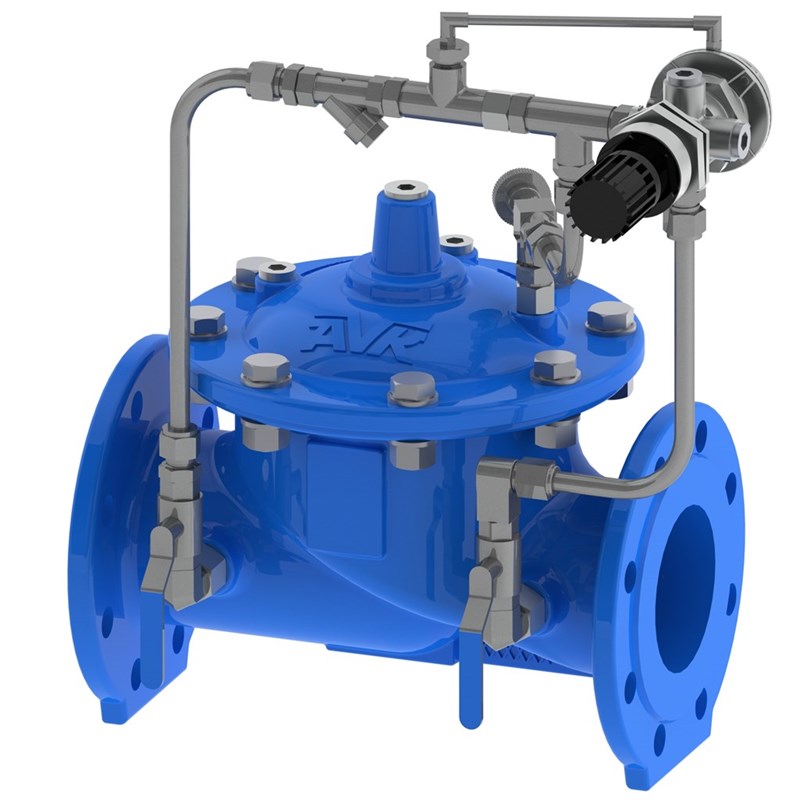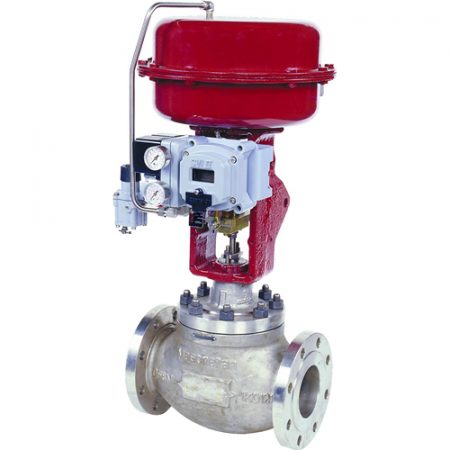
Maximize Power Financial Savings and Convenience With Advanced Building Automation Controls
In the world of contemporary architecture and facility management, the integration of sophisticated building automation controls stands as a critical advancement. The merging of technology and sustainability has actually birthed a brand-new period where energy effectiveness, comfort optimization, and operational streamlining are no longer achievable realities however distant ambitions. By utilizing the power of automation, structures can adapt, respond, and develop in means that were once unimaginable. The potential for significant energy financial savings and enhanced convenience is not just an assurance however a possibility waiting to be satisfied. This standard shift in structure administration holds the key to unlocking a globe where ecological conscientiousness and occupant well-being sympathetically exist together within the wall surfaces of our frameworks.
Power Effectiveness Advantages
Power performance advantages can considerably decrease power consumption and functional costs in buildings. Energy-efficient systems, such as innovative structure automation controls, can enhance the usage of sources like lighting, heating, and cooling, leading to lower power costs over time.
Moreover, improved power performance can lengthen the life expectancy of building devices and systems. By running a lot more effectively, cooling and heating systems, lighting fixtures, and other structure elements experience less wear and tear, causing lowered upkeep and substitute prices. In addition, energy-efficient structures usually regulate higher home worths and rental prices, supplying lasting monetary benefits to proprietors.
Furthermore, power efficiency can boost passenger convenience and productivity. Appropriately controlled indoor environments with optimal lights and thermal problems produce an even more helpful and enjoyable work space, bring about enhanced employee satisfaction and efficiency. On the whole, the energy effectiveness benefits related to advanced structure automation controls are multifaceted, including cost financial savings, environmental stewardship, and passenger health.
Improved Convenience Control
Enhancing convenience control in structure atmospheres needs a sophisticated integration of sophisticated automation systems for ideal passenger health. By making use of sophisticated structure automation controls, centers can customize the interior atmosphere to fulfill the details needs and preferences of occupants. control valves.
Enhanced comfort control goes past basic temperature adjustments. It consists of functions such as customized setups, occupancy sensing units, and natural light use to develop a dynamic and receptive setting. By integrating these advanced controls, structures can not just boost convenience however also enhance energy performance by maximizing system operations based on actual tenancy and use patterns. Eventually, focusing on owner convenience with sophisticated automation systems leads to an extra enjoyable and healthier interior environment.
Functional Effectiveness Improvements

In addition, the implementation of real-time surveillance and analytics devices allows structure recommended you read operators to determine energy inefficiencies and functional abnormalities immediately. By continually checking power usage patterns and system efficiency metrics, adjustments can be made in real-time to optimize power usage and make certain peak operational effectiveness. control valves. Additionally, including demand response techniques into structure automation controls can better enhance functional effectiveness by dynamically readjusting power use based upon grid conditions and prices signals
Indoor Environment Optimization
Efficient interior environment optimization is a basic facet of building automation controls, ensuring passengers' convenience and well-being while making the most of power cost savings. By using innovative sensors and controls, developing automation systems can constantly monitor and adjust temperature, moisture degrees, air top quality, and ventilation to produce an optimal interior setting. Preserving consistent and comfortable conditions not just enhances passenger complete satisfaction but likewise enhances performance and general health.
Interior environment optimization also plays a vital role in power performance. By fine-tuning heating, air conditioning, and air flow systems based on real-time data and tenancy patterns, building automation controls can dramatically lower power consumption - control valves. Carrying out methods such as demand-controlled air flow and thermal zoning can aid reduce power waste while making sure that each area of the structure gets the necessary conditioning.

Sustainable Setting Production
Structure automation controls not only maximize indoor environment conditions for power efficiency and resident comfort yet also lay the structure for producing a lasting environment with calculated monitoring of resources and systems. By incorporating advanced structure automation modern technologies, such as sensing units, actuators, and smart software program, facilities can keep an eye on and adjust power use in real-time to decrease waste and lower their carbon impact. These systems make it possible for predictive upkeep, recognizing possible problems prior to they escalate and enhancing equipment performance to enhance long life and efficiency.
Moreover, sustainable setting development extends past energy monitoring to incorporate water conservation, waste reduction, and interior air quality renovation. Building automation controls can manage water usage, identify leakages, and ensure appropriate garbage disposal techniques, adding to overall sustainability efforts. Additionally, by regulating and checking ventilation and filtration systems, these modern technologies enhance resident health and productivity while reducing energy intake associated with heating and cooling news operations.
Verdict
Finally, progressed building automation controls deal considerable benefits in terms of power financial savings, comfort control, functional efficiency, indoor environment optimization, and producing a lasting environment. By executing these controls, buildings can achieve ideal performance while decreasing energy intake and enhancing owner convenience. It appears that the usage of advanced automation modern technology is important in enhancing building efficiency and producing an extra sustainable future.
Power performance benefits can substantially decrease energy intake and operational costs in buildings. Overall, the energy efficiency benefits Our site associated with innovative structure automation controls are multifaceted, encompassing price financial savings, ecological stewardship, and owner well-being.
In addition, including demand reaction strategies right into structure automation controls can further enhance functional efficiency by dynamically readjusting power use based on grid problems and pricing signals.
Building automation manages not only enhance interior climate problems for energy efficiency and passenger convenience yet additionally lay the structure for producing a sustainable setting with tactical administration of sources and systems.In final thought, progressed structure automation controls deal significant advantages in terms of power financial savings, convenience control, functional performance, indoor environment optimization, and developing a sustainable environment.